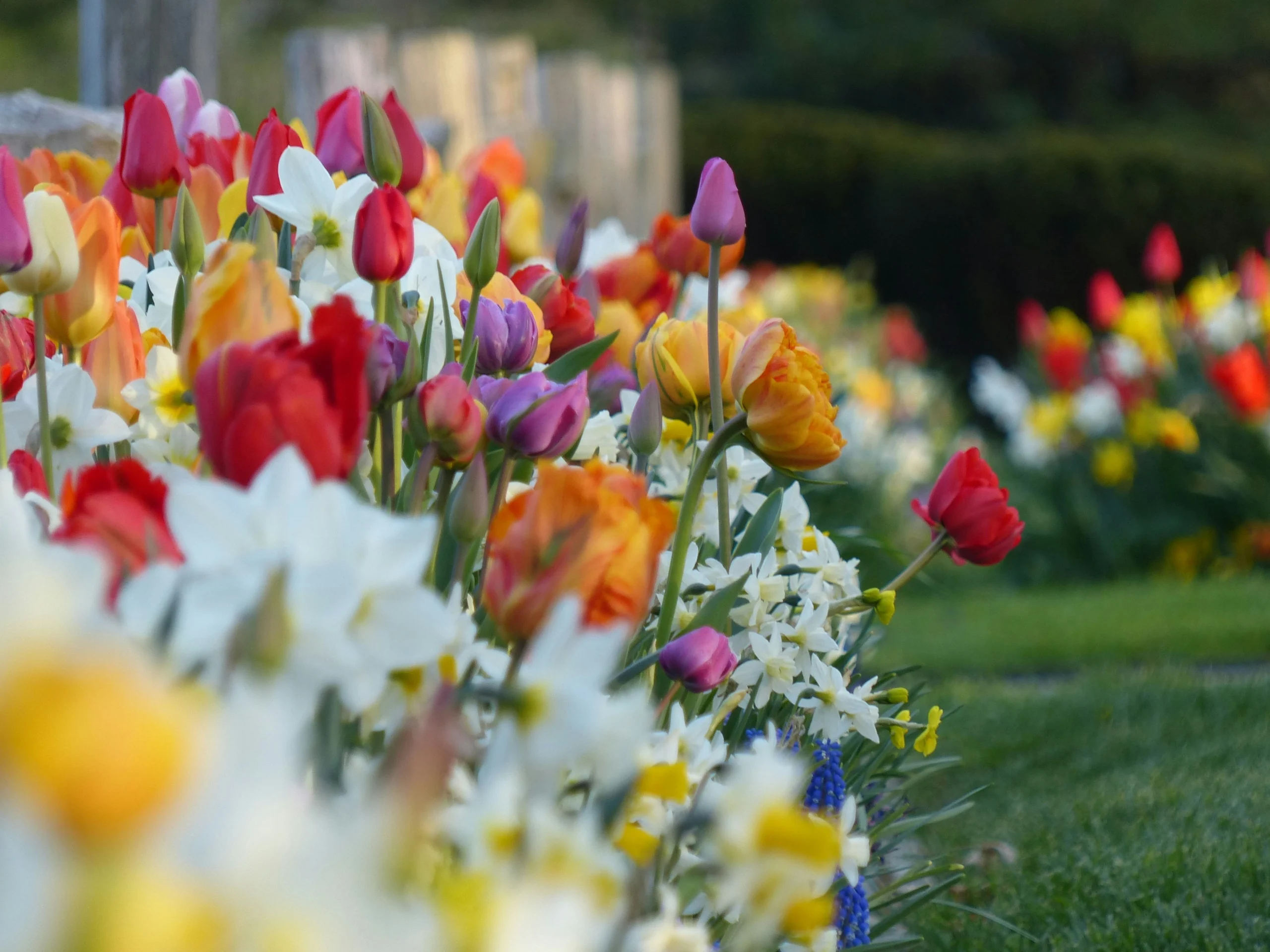If you love gardening, you already know that each season brings its own challenges and rewards. Fall, in particular, is a magical time when the air cools down, the soil retains moisture better, and plants prepare themselves for the upcoming winter. Today, I want to share the only 8 home gardening tips in fall you’ll ever need straight from my own personal experience of years spent tending to a backyard garden. These practical tips will not just keep your garden thriving through autumn but also prepare it for a fresh burst of life in spring.
Why Fall Gardening Matters
Fall gardening is often underestimated. Many people think gardening is only for spring and summer, but in reality, fall is the season where you lay the foundation for next year’s healthy blooms and harvests. Cooler weather also makes outdoor work far more enjoyable, and the soil is still warm enough for roots to establish themselves. By focusing on a few smart strategies, you can transform your garden into a year-round source of beauty and produce.
1. Clear Out Dead Plants and Debris
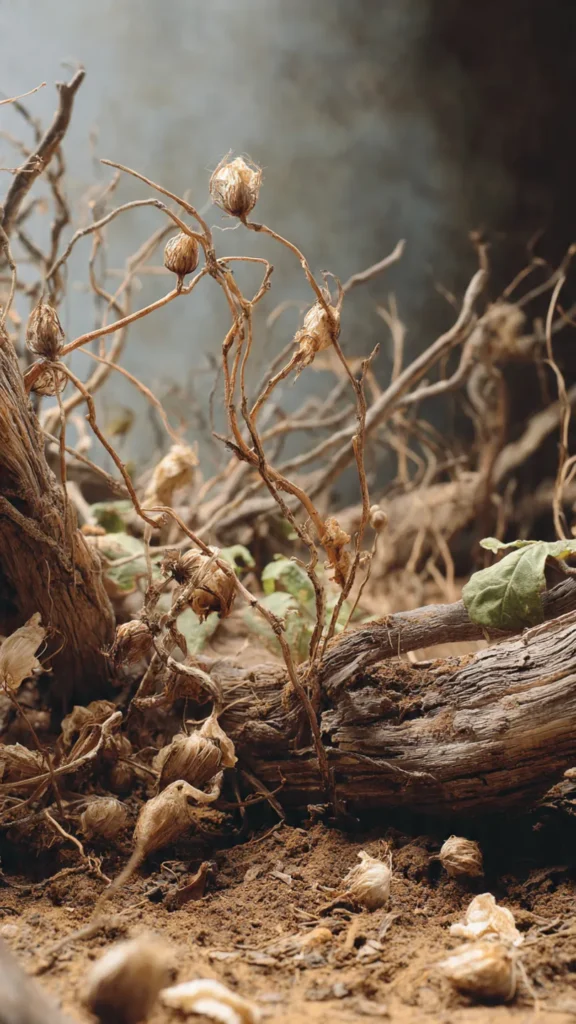
One of the most overlooked home gardening tips in fall is cleaning up. Old, dead plants may seem harmless, but they actually harbor pests, mold, and diseases that can easily overwinter and attack your garden again in spring.
From my own trial and error, I learned that clearing out weeds and dead growth not only reduces problems later but also makes your garden look tidy and well-kept. Compost whatever is safe, but avoid diseased plants those should go in the trash, not the compost pile.
2. Nourish the Soil with Compost and Mulch
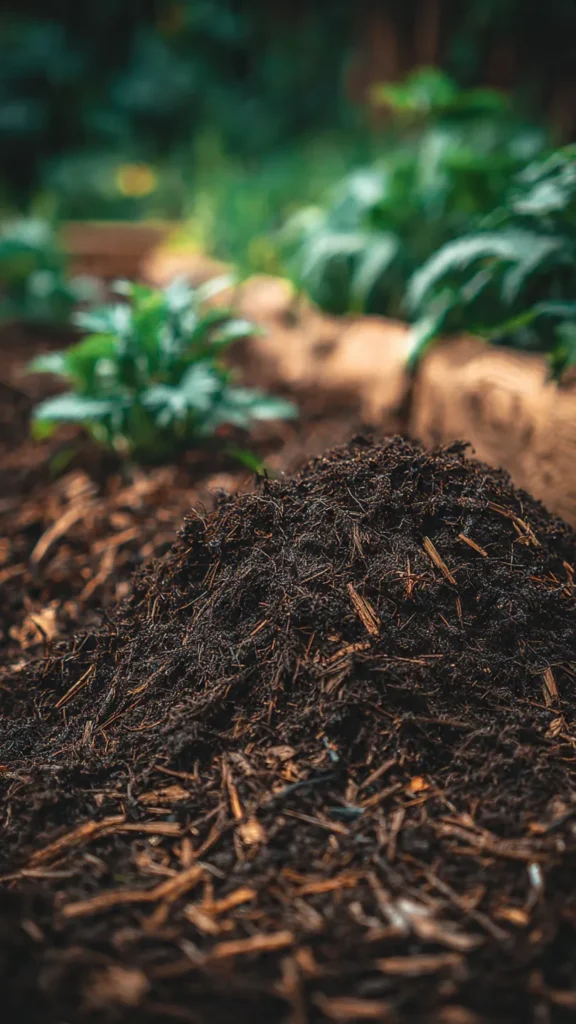
Soil is the heart of your garden, and fall is the perfect time to feed it. After clearing, I usually spread a layer of homemade compost mixed with organic mulch. This improves soil fertility and helps regulate temperature during the colder months.
Mulch also protects plant roots from frost and conserves moisture. Trust me, spending just 30 minutes adding mulch in fall can save you countless hours of work in spring.
3. Plant Fall-Friendly Vegetables
One of my favorite home gardening tips in fall is planting crops that thrive in cooler weather. Think kale, spinach, carrots, radishes, garlic, and onions. These vegetables love the chill and can provide fresh harvests well into the season.
I remember the first time I planted garlic cloves in October come early summer, I had beautiful, flavorful bulbs that lasted me months. That experience alone convinced me that fall planting is essential.
4. Divide and Transplant Perennials
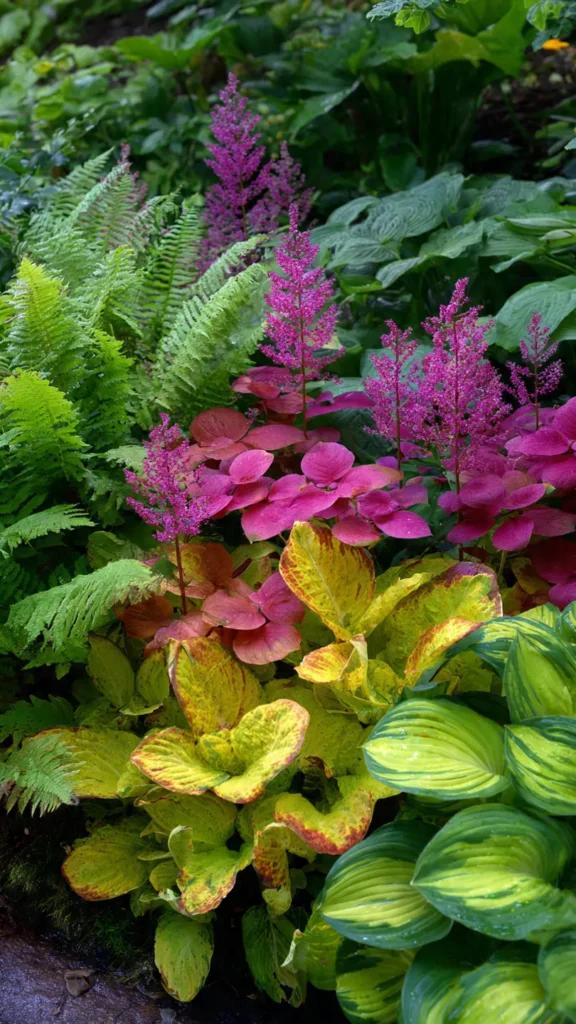
Fall is the best time to divide crowded perennials like hostas, daylilies, and peonies. Cooler weather reduces stress on the plants, and the soil’s warmth encourages quick root establishment.
From experience, I’ve found that dividing plants every few years not only keeps them healthy but also gives me free plants to fill other spots in the garden or share with neighbors.
5. Protect Delicate Plants from Frost
If you live in a region where frost is common, protecting delicate plants is crucial. I use burlap wraps, frost blankets, or even upturned clay pots to shield smaller plants during cold nights.
One fall, I lost half my potted herbs because I underestimated the first frost. Since then, I’ve made plant protection a priority, and my garden has been much healthier for it.
6. Keep Watering (But Wisely)

Many gardeners assume they can stop watering once fall arrives, but that’s a mistake. Roots still need hydration before winter sets in. However, you don’t want to overwater either.
I water deeply but less frequently usually once a week depending on rainfall. This helps roots grow stronger and prepare for dormancy. Always water early in the day so excess moisture doesn’t freeze overnight.
7. Rake and Use Fallen Leaves
Instead of treating fallen leaves as waste, I use them as natural mulch or add them to the compost pile. Leaves enrich the soil and improve its structure over time.
A simple trick I use is running over them with a lawn mower to shred them before spreading them across my flower beds. It’s free, effective, and sustainable.
8. Plan Ahead for Spring
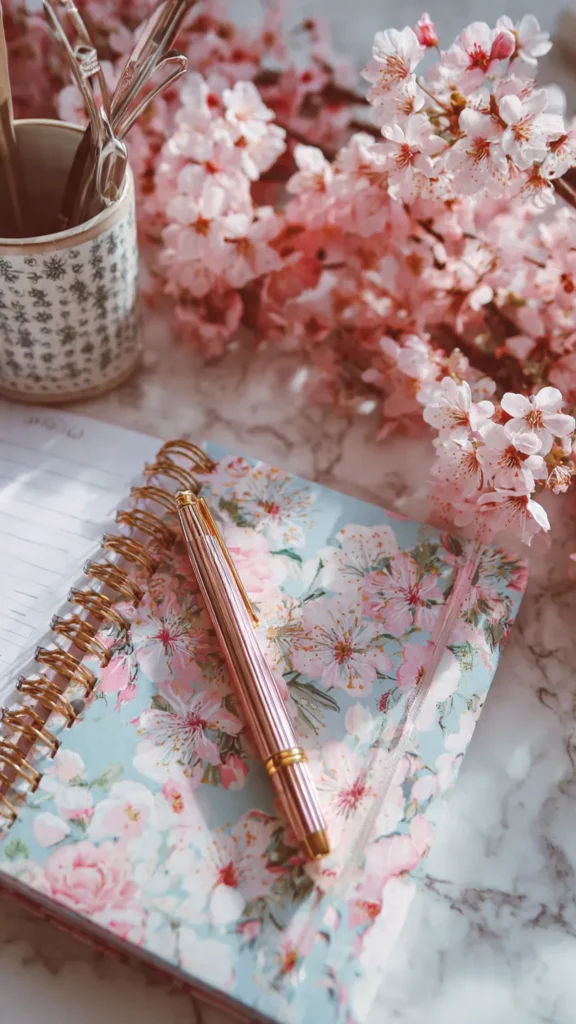
Finally, fall is the perfect season for forward thinking. I like to plant bulbs such as tulips, daffodils, and crocuses now, so they surprise me with vibrant colors in spring.
Keeping a garden journal also helps. I jot down what worked well this year and what didn’t. This way, I enter spring with a clearer plan and fewer mistakes to repeat.
Conclusion
Fall gardening isn’t just about wrapping things up it’s about setting the stage for success. By following the only 8 home gardening tips in fall you’ll ever need, you’ll keep your garden healthier, more productive, and more enjoyable. From cleaning up debris to planting fall crops and preparing for spring, these steps are simple yet powerful.
Every year, I notice that the effort I put into my garden during autumn pays off tenfold when the first signs of spring appear. If you apply even a few of these tips, your garden will thank you with stronger growth, fewer problems, and an endless supply of joy.
FAQs About Home Gardening in Fall
1. Can I still plant vegetables in fall?
Yes, vegetables like kale, spinach, carrots, radishes, garlic, and onions thrive in cooler weather.
2. When should I stop watering my garden in fall?
Don’t stop completely. Water deeply until the ground begins to freeze to help roots stay hydrated.
3. Should I remove all fallen leaves?
No, shred and reuse them as mulch or compost they enrich the soil naturally.
4. What perennials should I divide in fall?
Hostas, daylilies, and peonies are great candidates for dividing in autumn.
5. How do I protect my plants from frost?
Use burlap, frost blankets, or upturned clay pots for smaller plants during cold nights.
6. Is fall a good time to fertilize soil?
Yes, adding compost or organic matter in fall strengthens soil for spring growth.
7. What bulbs should I plant in fall for spring blooms?
Tulips, daffodils, crocuses, and hyacinths are ideal choices.
8. Do I need to prune in fall?
Light pruning is fine, but save heavy pruning for late winter or early spring to avoid damage.
9. Can I start a compost pile in fall?
Absolutely fallen leaves, grass clippings, and kitchen scraps make fall a great time to begin composting.
10. Why is fall considered the best season for gardening prep?
Because cooler weather reduces plant stress, soil is easier to work with, and preparations now lead to healthier spring growth.
